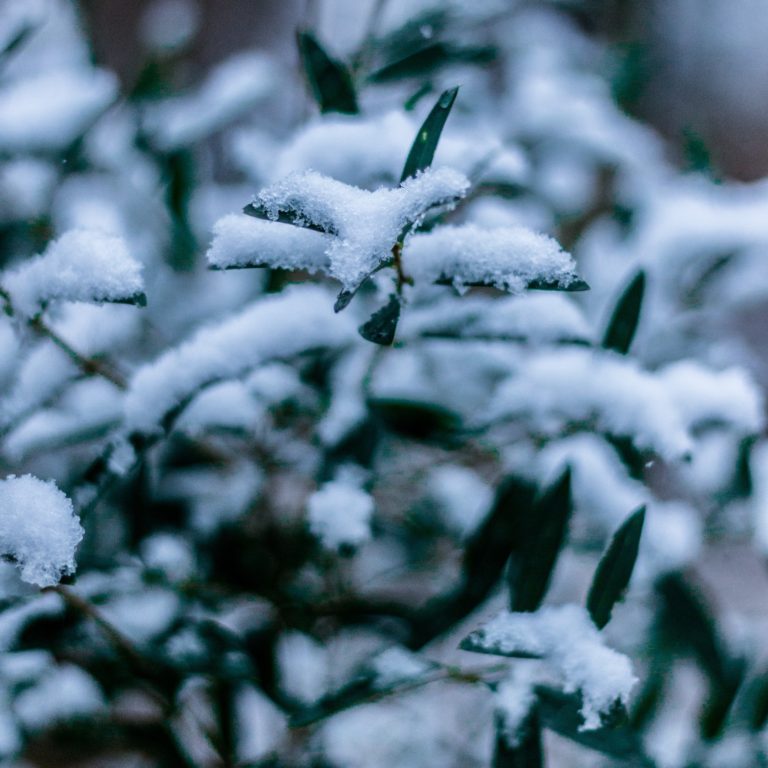The winter can be quite harsh on your skin. The biting cold outside leaving your skin dry, dull, and flaky. But it’s not just the outdoors. Your inside environment can also have a drying effect on your skin too. The cold months of winter can take their toll on your skin, so it’s important that you take the time to look after and maintain it as best you can.
Making sure your body feels looked after and cared for by you is important for your mind and body. It’s a reminder that you deserve to feel good.
Check out our 10 tips below to help keep your skin fresh and healthy during the colder months –
1. Wear Gloves
Whenever you go outside during the winter, wear gloves to protect your hands from getting dry. This might seem like an obvious choice, but many forget or don’t realise the impact cold weather can have on your skin.
When you wear gloves, the moisture in your skin is locked in, keeping your hands hydrated and warm away from the cold and dry air.
It also prevents the sudden change in temperature when walking outdoors and indoors from drying out and affecting your skin.
Leather, wool, fleece and any materials with insulating properties are some of the best for gloves.
2. Apply Lip Balm With SPF
The layer of skin on your lips does not have as much protection due to its natural thinness and lack of sweat glands. This means that it is more prone to damage. Lip balm will protect your lips from cold dry air, due to its moisturising benefits preventing the skin from cracking and peeling.
Lip balm with SPF also has an added benefit of protecting the skin from developing illnesses such as cancer.
3. Consciously Drink Water
During the winter, you may feel less thirsty. The drop in temperature makes you feel as if you don’t need a hydrating top-up, but in reality, we still lose a lot of water during the winter. Since the cold rarely reminds you to drink water like the sun does, your body tends to be less hydrated than it should be in the colder months, leaving your skin less supple and more rough to the touch.
Take the steps to keep yourself hydrated by reading our article on “How to ‘up’ your water intake“.
Use these tips and try to make a conscious effort to drink water to keep your skin supple and healthy.
4. Avoid Excessively Hot Baths And Showers
It’s easy to have repeated hot baths and showers during the winter because of the cold weather. It feels good to jump straight into the hot water after a long day in the biting cold, but the effects might not be worth it. Excessively hot baths and showers can irritate and dry out your skin because the hot water damages the cells that keep the moisture locked in.
This doesn’t mean that you cut out the hot showers completely. All you need to do is lower the temperature of the water so that it’s moderately warm and moisturise your body afterwards, reducing the damage to your skin.
5. Switch To An Oil-Based Moisturiser (If Your Skin Permits)
During the winter, an oil-based moisturiser will keep your skin feeling replenished for longer than a water-based moisturiser. If your moisturiser also contains vitamin C and E, these are even better as they have numerous added benefits to your skin’s health.
Oil-based moisturisers are great for treating the skin if it has suffered any damage from the cold whilst also locking in the skin’s moisture.
6. Moisturise With Added SPF
Although the sun may not be shining down as intensely during winter as it would during the summer, the UV rays from the sun are still strong and can cause damage to the skin. Try to use a moisturiser with SPF whenever you go outside. The added SPF will protect your skin from the harmful rays, preventing your skin from early ageing and developing preventable illnesses. Alternatively, if your moisturiser does not have SPF, you can apply sunscreen separately.
7. Use A Humidifier
Central heating can dry out the air, which in turn can dry out your skin. If you’re able to purchase one, a humidifier can be great for adding moisture to the air, making it less dry and preventing your skin from becoming irritated and cracked.
As we breathe, moisture leaves our body. The dry air enters our lungs’ moist environment and pulls water out of the body with each breath we take. However, when the air is full of moisture from the humidifier, our body’s give out less moisture, reducing the rate of water content lost from the body.
Basically: humidifier = better skin health!
If getting a humidifier is not an option, there are many other ways to increase air moisture – when you take a bath or shower, leave the door open. Bring plants into your home (they can increase air humidity through transpiration). Hang your clothes on a drying rack and let them air dry instead of using a dryer.
There are so many options!
8. Keep The Temperature Inside Cooler
Your central heating system is very important to keep you and your family warm during the winter. Especially when the temperatures drop below 5 degrees. So it’s very easy to turn the temperature higher than it needs to be. Keep an eye on your thermostat and keep it a little lower than you normally do. You’ll still be warm but the air inside will be much less dry and, in turn, dry your skin out much less.
E.g. if your heating is at 20 degrees, lower it to 17-18 degrees. You’ll still be warm but your skin won’t suffer for it.
9. Layering
This can help protect your skin from drying out in the winter. More and more people are beginning to discover this process and apply it to their routines. Layering is the process of applying products onto your skin in a particular order with the aim to retain moisture in the skin. It’s advised to apply the thinnest texture products first before moving onto the thickest textured products last. The layering process encourages you to apply moisturiser and any water-based serums on your skin first so they are absorbed quickly. This should be followed by any rich oil-based products, oil or creams on top. Your SPF product should be the last product to be applied onto the skin for protection from UV rays. This process will trap the moisture in your skin.
To summarise, your products should be applied to your skin in the following order:
- Cleanser
- Toner
- Mask
- Serum
- Eye cream
- Moisturiser
- Oil
- SPF
- Powder/concealer/foundation.
10. Mist Your Skin
Spraying water mist onto your skin, especially your face, can keep it healthy and hydrated throughout the colder months. However, you must make sure your mist spray contains a humectant, such as glycerin. This locks in moisture whilst also hydrating your skin.
Let us know how you keep your skin beautiful during the colder months and share some tips with others in our forum and social media.
DISCLAIMER
Before you start any new diet, health programme, exercise routine, and ingest or topically use any oil, vitamin, mineral, product or compound, it is very important to consult your doctor, therapist or do a patch test to make sure you do not have any adverse reactions.
We do not offer any form of medical or psychological advice. The information in our wellbeing articles are offered for educational purposes only. Our wellbeing articles are not intended to diagnose, treat or prevent any disease. Thank you.



